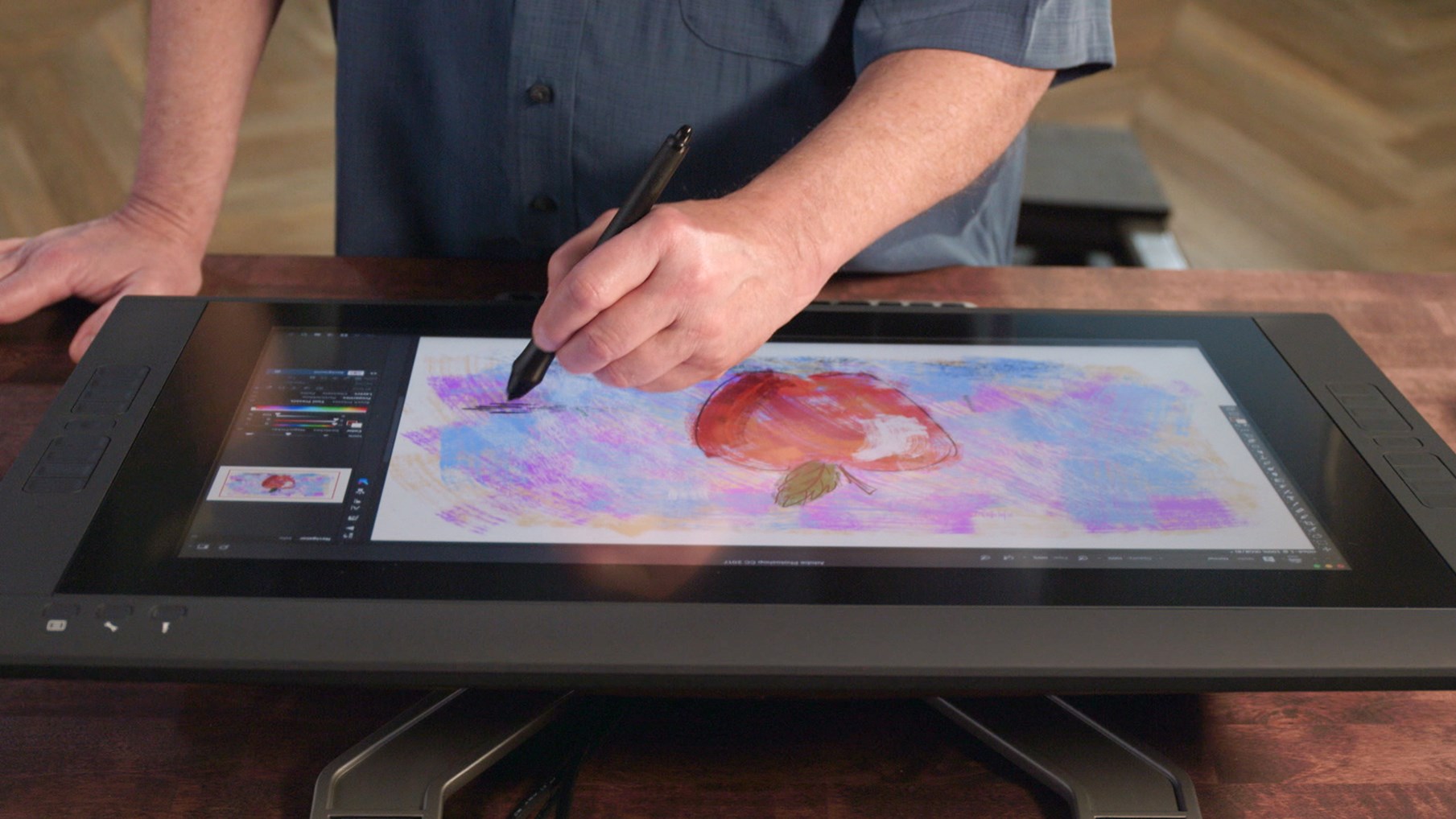ART CAPSTONES: FUTURE TECHNOLOGY
We recently curated a report for client the London Technology Club about the Future Technology in Art; it was complemented by a 60-person event at the Royal Academy of Art in Mayfair where we were joined by London Technology Club members, gallery owners and art collectors, gathering for an interactive panel discussion with experts from the art world.
To download the full 30-page report for free please click HERE
Here are the top 12 takeaways on how technology is affecting art and vice versa:
OVERALL
1) Technology has to be viewed as a positive force for art and embraced by the art world. The sense from within the industry is that it is resistant to change especially technology. It needs to see it as a way to enhance the industry: a Future technology can be an enhancer, enabling discovery, facilitating sharing, deepening engagement, providing provenance and even democratising ownership
2) The rapid pace of change is opening up practical and philosophical questions – such as who owns art created with the help of technology, how to protect work from replication, and can works created by artificial intelligence (AI) still be considered art?
CREATING ART
3) The key to artists utilising technology is the fact it provides new tools to push the visual experience and the objects they create… Digital art has redefined the way art is made, displayed, experienced and sold
4) The use of 3D printing has opened new doors to visualise and create the unimaginable. In the future, when you see a sculpture you like, you will be able to go online, buy the digital blueprint, then print it in your own home. This has the potential to democratise the manufacture of artistic goods
ENJOYING ART
5) Two challenges confront museum and gallery owners and curators today: Embracing digital tools to make experiences more interactive, accessible, engaging and scalable, and displaying more digital art
6) As more digital art is created, expect to see the rise of dedicated digital art museums. One thing that is striking about the new wave of digital art museums is the rich imagery they create and promote to a wider audience
7) As digital art grows, the sharing of the visually ‘instaggramable’ work will fuel even more discovery. The consumption of art is broadening outside of traditional media fuelled by technology
8) Virtual Reality (VR) and Augmented Reality (AR) will play a huge role in the future of art. As hardware costs come down, viewers will be able to be transported to exhibitions or galleries – from the comfort of their own home or to immerse themselves further as an additional interactive experience in front of the real artwork
INVESTING / COLLECTING ART
9) A number of new technology platforms are making it possible for small art investors and art-lovers on a budget to make investments, as well as increasing liquidity in fine art
10) Tokenisation allows you to effectively divide up an artwork into fractional ownership. Anyone wanting to liquidate a fraction of their artwork will be able to do it
11) Digital art allows anyone to own and at the same time share an artwork, not only its reproduction… Distributed ledger technology (aka DLT or Blockchain) will democratise access in a secure and transparent way
12) All is leading to the growing recognition of art as an investment asset class
Future technology is without doubt going to be the key accelerator of the capability for investors to be able to buy, sell and collect art. Who wouldn’t be excited about the prospect of taking fractional ownership in their favourite artist’s work? Something that in the past was just not feasible – now we can say that art could in the future belong to everybody.





